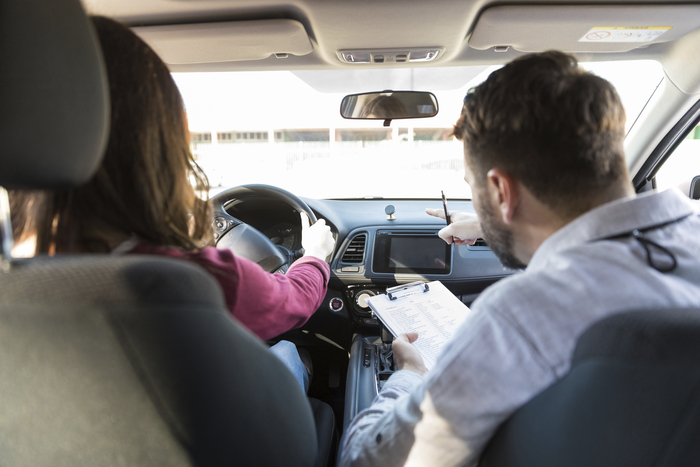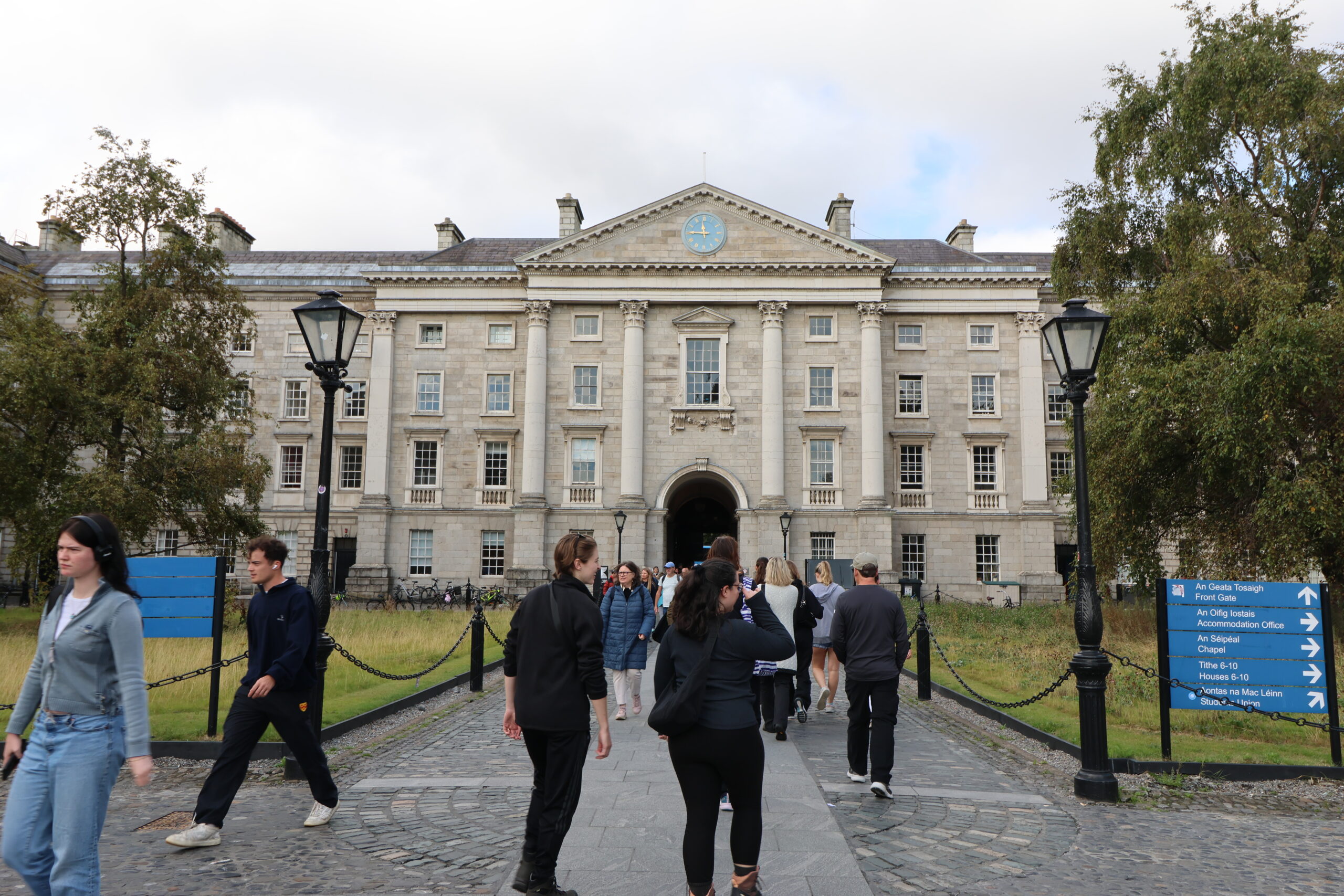Having completed all 12 of my mandated driving lessons (and about 12 extra) I have come to one particular conclusion. Learning to drive in Dublin will drive me mad. Getting a licence is one of those very grown up things that our childhood selves aspire to with envy and anticipation. We perceive it as another rite of passage on the route to being a “real” grownup. Unfortunately, like many of our expectations for adulthood, the reality is underwhelming. When I was younger, my naïve assumption was that learning to drive would be as straightforward as turning 18, sitting through a few lessons and sailing through a test. Now, at 22, I can confirm this is not a remotely accurate depiction of my efforts to attain my licence.
Turning 18 was not the green light to drive that I anticipated. Instead, I faced an assortment of obstacles that offered me an unexpected insight into the privilege that encompasses learning to drive in Ireland. Typically, the first connotation when referring to something as a privilege is the financial aspect – learning to drive is no different.
First, there is the theory test fee (€45), the cost of the learners permit (€35) and the charge for the vision check (€20). This totals spending at €100 without even sitting behind the wheel of the car. However, these initial charges are minor when compared with the next round of expenses. The cost of driving lessons typically ranges from anywhere between €35 to €70 per lesson and with a minimum of 12 required, this wracks up an unavoidable bill of hundreds of euros. This figure is usually matched if not exceeded by the price of learner driver’s insurance.
When I was first considering learning to drive, I realised that the gaping hole in my ambitions was that I had no access to a car to practise in. It became apparent that my options were to either save up for a car or attempt to pass a test with my experience limited to whatever I could achieve within the constraints of lessons. By pure chance, I faced this conundrum around the time of the 2020 pandemic, when I happened to be working in an essential sector and as a result earning and saving more than anticipated. I spent the following twelve month period focusing on building my savings and eventually managed to save up enough. The next obstacle was to find a suitable second-hand car available within my budget, but a shortage of new cars was limiting the availability of second-hand cars. After six months of searching I was ecstatic to have the keys to my own little car. I was less ecstatic when the bills arrived for my tax and NCT. And I very nearly did a U-turn on the whole concept when it came to the transaction of almost €1,500 to cover my insurance policy. I consoled myself and my bank account with the thought that at least now I could finally make a start on the actual task of learning to drive a car.
I would love to say that I flew through my lessons with the grace of a gazelle. However, my initial experience behind the wheel would be better associated with the imagery of a deer in headlights. Eventually, I—and my passengers—graduated from terrified to slightly-less terrified and I was able to apply for my test. I applied seven months ago and my test is currently estimated to be a further five months away. This means 12 months of paying for maintenance driving lessons and being charged the price of a learner’s insurance policy. Although considering that payment in full is a requirement to be added to the waiting list I should perhaps be grateful the Road Safety Authority (RSA) is minding my €85 — it’s serving me as a savings account rather than as a testing service at present. With a 51 week waiting list for my test centre, the five months I waited for a theory test now feels like a bargain.
The months I have spent attempting to get my licence have been fraught with frustration and I am reminded of it every time I pay for a taxi or walk home in the dark. However, even at this I am still aware that I possess enormous privilege. Living in Dublin means that whilst my complaints about public transport could fit into an entirely separate column, the transport available to me far exceeds anything available outside of the capital city. The independence aspect of learning to drive is reinforced in more rural parts of the country and areas not served by a bus route. Learner drivers in these areas bear the brunt of the long waiting lists as opportunities for job prospects and increased independence are hindered by waiting times.
If the driving test centres were run by a private corporation then they would likely find themselves facing regulations and criteria to maintain their contract. Earlier this year, Applus, the operator of the National Car Test (NCT) faced fines and penalties due to the backlog of testing. Ironically, despite the fact that over 70,000 people are awaiting a driving test from the RSA, the fines facing Applus were applied by the RSA.
At a Dáil Éireann debate in October, Cork TD Deputy Michael Collins raised the point that the RSA is in breach of its contract and highlighted the “RSA’s official target of a maximum ten-week wait for a driving test”. At 51 weeks, the wait time for the Dun Laoghaire test centre exceeds this target by over 500 per cent.
A well intentioned friend from abroad recently asked why, despite being 22, I didn’t have my licence yet. It’s not the first time I’ve had this question and it won’t be the last. The query is genuine but it overlooks the personal obstacles of time and finances and the structural obstacle of the testing infrastructure in Ireland.
It is 12 months since I took my first driving lesson and while I am not yet authorised a licence, I must be at the very least, deserving of a certificate verifying my patience.








